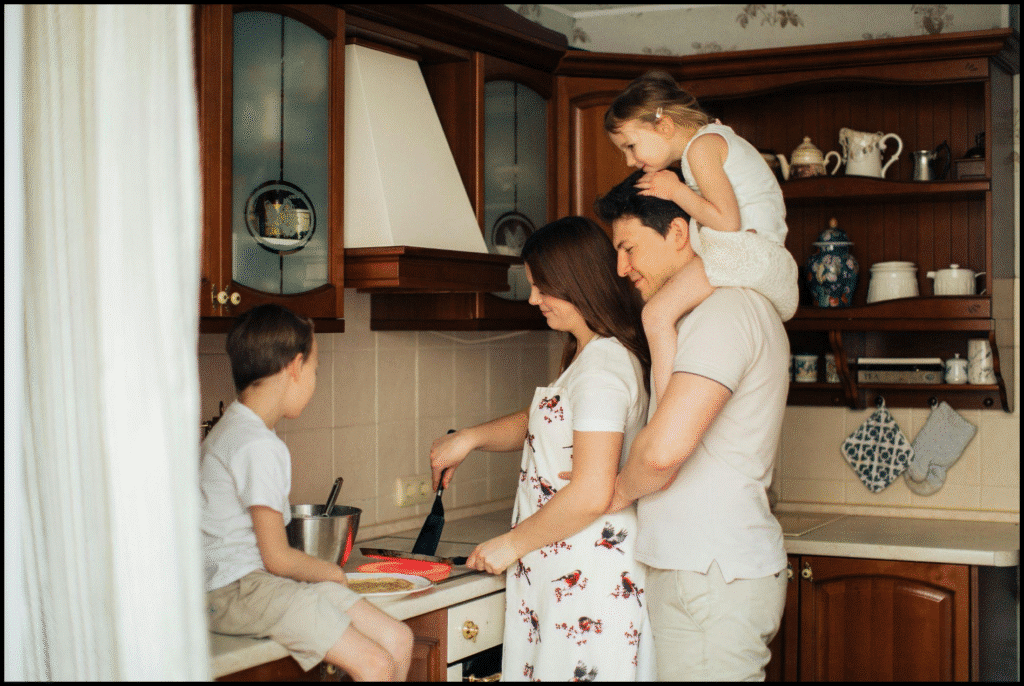
Summers can be enjoyable, but a hot, stuffy house quickly takes the fun out of the season. As temperatures climb, staying comfortable indoors often means relying heavily on air conditioning. However, running the AC constantly increases energy bills and wears down the system faster.
In places like Milton, WI, where summer highs often reach the 80s and humidity adds to the discomfort, keeping your home cool becomes essential. The heat combined with moisture can make indoor spaces feel oppressive, especially in the afternoon.
The tips below offer practical steps to create a more comfortable living environment, even during the hottest weeks of summer.
Use Your AC Efficiently and Strategically
Using your air conditioner wisely helps maintain comfort while keeping energy use in check. Setting the thermostat between 76 and 78°F during the day works well for most homes. When you’re away, raising it by a few degrees cuts energy consumption without noticeably affecting comfort once you return.
Smart or programmable thermostats make this easier by managing the temperature automatically. It also helps to close doors and vents in unused rooms, so cool air stays concentrated where it’s needed most.
Maintenance plays a major role in efficiency. During peak summer months, filters should be cleaned or replaced about once a month. Clogged filters force your system to work harder and reduce air quality.
In humid summer climates like Milton, where air conditioners often run for long stretches, even a minor drop in performance can impact both comfort and cost. If your system struggles to cool evenly, or airflow feels weak despite a clean filter, it’s a sign that something deeper may be wrong. In such cases, it’s best to schedule air conditioner repair in Milton, WI, to catch issues early and restore your system’s efficiency before the heat intensifies.
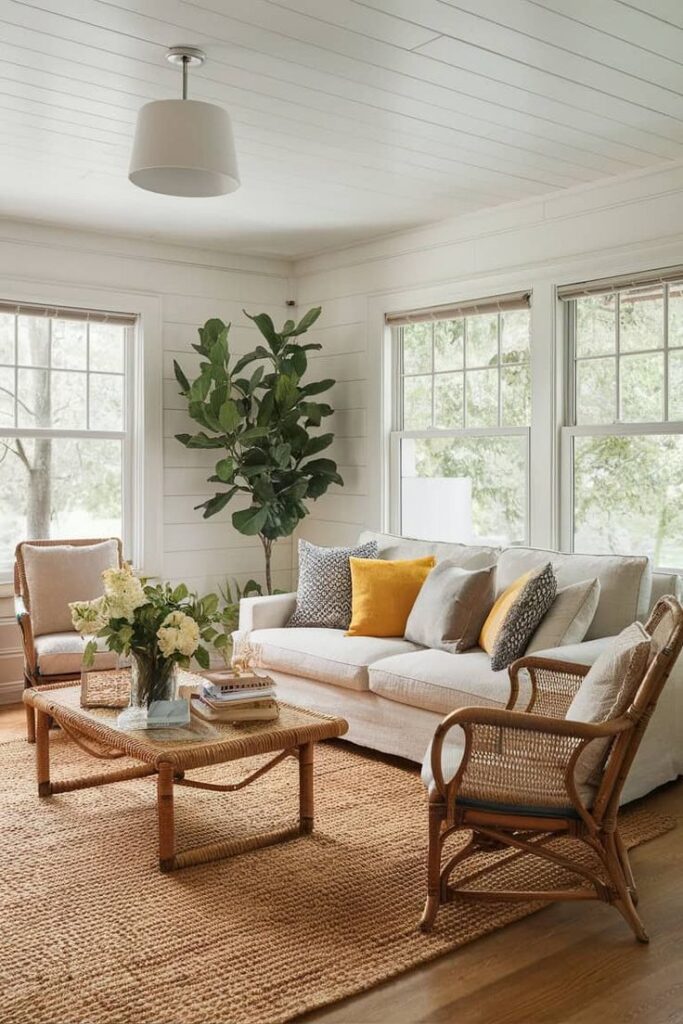
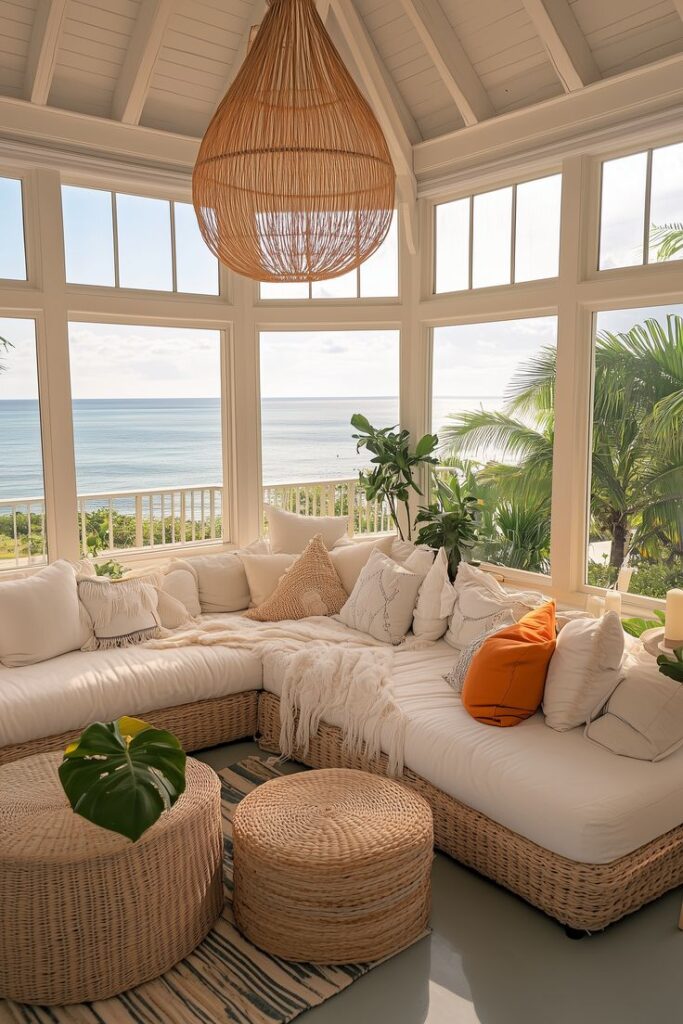
Block Out the Heat
Sunlight streaming through windows might look nice, but it’s one of the biggest sources of indoor heat during the summer. An easy fix? Close your curtains or blinds during the hottest parts of the day—usually from late morning to early evening.
For better results, consider using blackout curtains, thermal drapes, or reflective window films. These help block the heat and keep your space cooler without needing extra electricity. Removable window shades are another budget-friendly option, especially for renters.
Even small changes like these can make a noticeable difference in how cool your home feels throughout the day.
Use Fans the Right Way
Fans can be a great backup to your AC, especially when used correctly. A ceiling fan helps circulate air and can make a room feel cooler, even if the actual temperature doesn’t change much. Make sure the fan is set to rotate counterclockwise during the summer, which creates a wind-chill effect.
You can also use portable or window fans to bring in cooler air during the early morning or late evening. Just open a window on the cooler side of your home and place a fan there to draw in the fresh air.
Here’s a quick trick: placing a bowl of ice in front of a fan can give you a cool breeze for a little while—great for a short-term boost when things get especially hot.
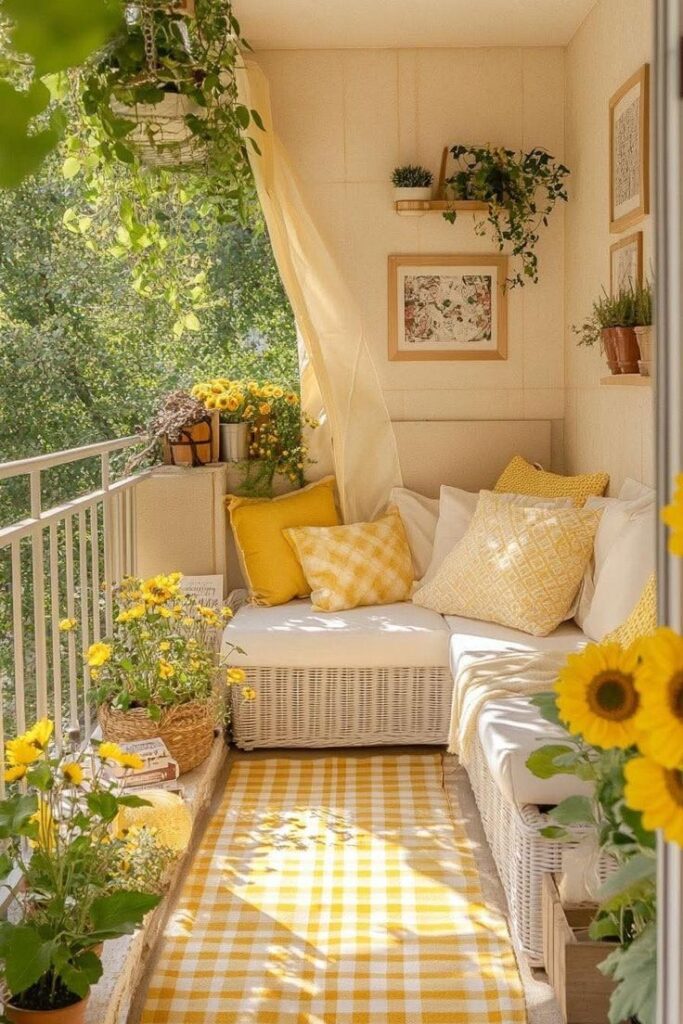

Lighten Up Your Interiors
Some materials hold on to heat more than others. That’s why switching to lightweight, breathable fabrics in the summer can help your home feel cooler.
Swap out heavy blankets and flannel sheets for cotton or linen alternatives. The same goes for your couch throws, cushion covers, and rugs. Light-colored fabrics also reflect heat better than dark ones, so consider brightening up your interiors with lighter tones where you can.
These small swaps don’t just improve comfort—they can also refresh the look of your space for the season.
Minimize Heat-Generating Activities
What you do in your home during the day can also affect the temperature indoors. Cooking with an oven or stove can add a lot of heat to your kitchen and nearby rooms. Try to cook earlier in the day or stick to outdoor grilling in the evenings when it’s cooler.
Better yet, go for no-cook meals like salads, sandwiches, or cold pasta dishes. You can also use a microwave, slow cooker, or air fryer to prepare meals with less heat output.
The same idea applies to laundry and dishwashing. Run appliances at night instead of during the day to avoid adding extra warmth indoors.
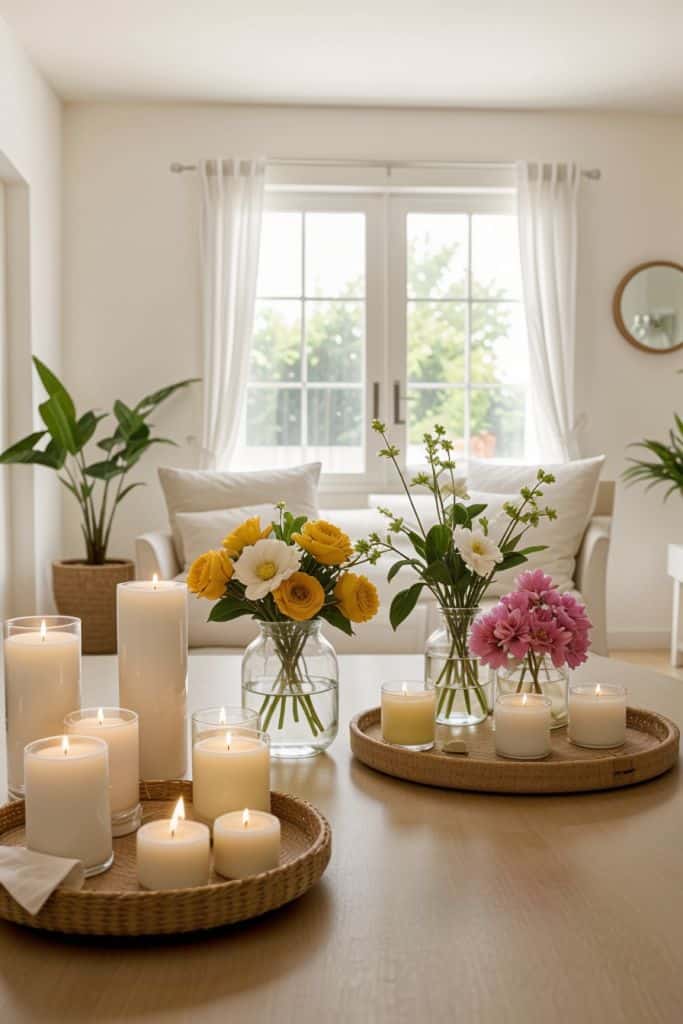
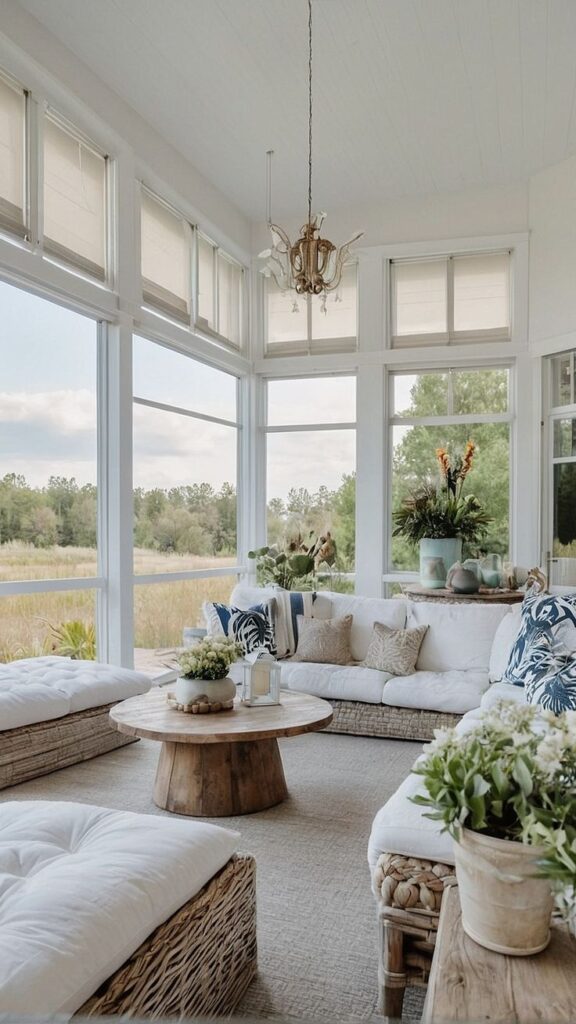
Switch to Energy-Efficient Lighting
Older incandescent light bulbs can make a room warmer without you even noticing. These bulbs waste most of their energy as heat, which adds up over time, especially when multiple lights are on.
Switching to LED bulbs is a simple way to reduce both heat and energy use. LEDs use much less electricity and produce very little heat. Plus, they last longer, so you won’t have to replace them as often.
Also, take advantage of natural light in the morning and turn off lights in empty rooms whenever possible.
Seal and Insulate
Even the best air conditioning system won’t be very effective if cool air is constantly leaking out and hot air is sneaking in. Sealing gaps around windows and doors with weatherstripping or caulking can help trap the cool air inside where it belongs.
Insulating your attic, basement, or crawl space is another smart move. If your home isn’t well-insulated, it will heat up faster and require more energy to cool. This is especially important if you live in an older house or a region with long, hot summers.
Insulation doesn’t just help in the summer either—it can keep your home warmer in the winter too.
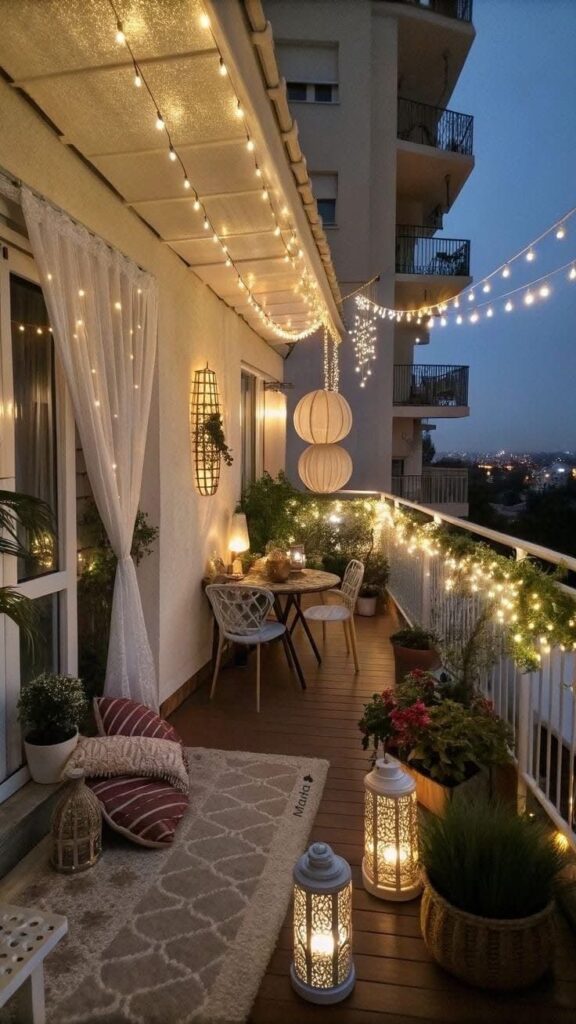
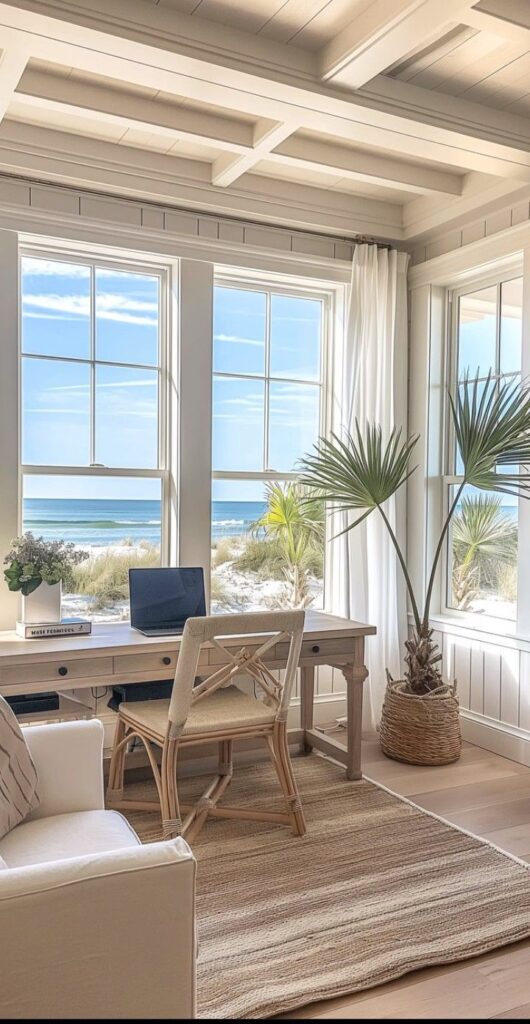
Maintain Your Cooling Appliances
Besides your AC unit, you might have fans, dehumidifiers, or other cooling appliances in use. Make sure all of these are clean and working properly.
Dust can build up on fan blades and clog filters, reducing efficiency and circulating allergens through the air. A quick wipe-down and filter check once a week can make a big difference.
If you rely heavily on your AC, consider scheduling a professional check-up once a year to keep things running smoothly and avoid mid-season breakdowns.
In some cases, zoning systems or ductless mini-splits may offer more precise temperature control in different areas of your home, especially if you have rooms that get hotter than others.
Keeping your home cool in the summer doesn’t have to be expensive or complicated. With just a few smart changes—from better use of your AC to blocking out heat and using fans wisely—you can enjoy a more comfortable living space without driving up your energy bill.
Try a mix of these tips to see what works best in your home. Even small changes can make a big difference when the heat hits. A comfortable home starts with a few simple habits, and summer’s the perfect time to put them into action.
- 0shares
- Facebook0
- Pinterest0
- Twitter0


